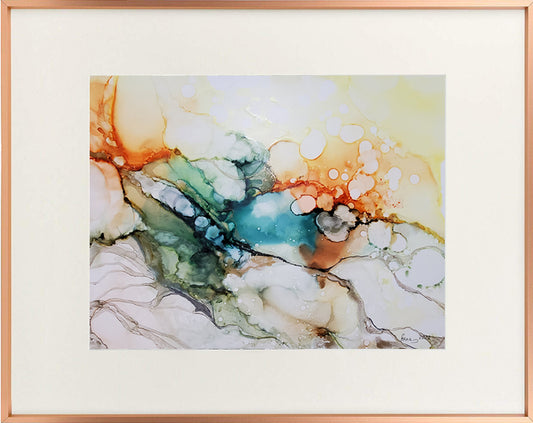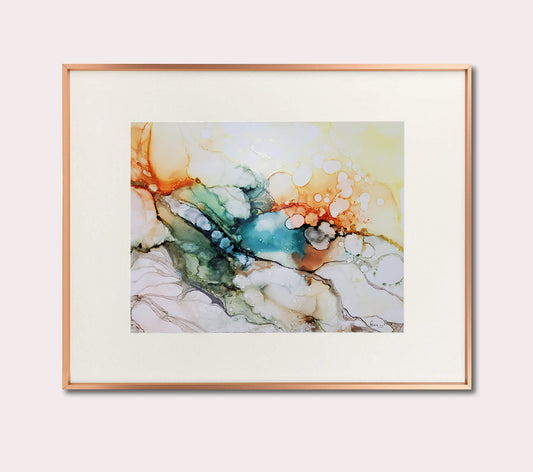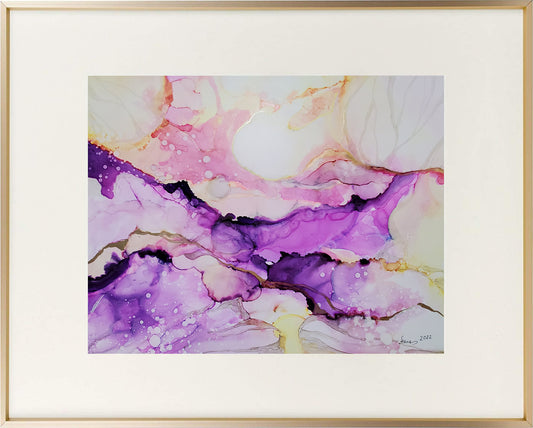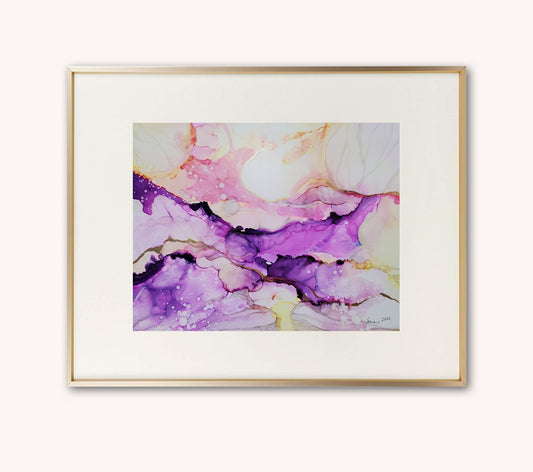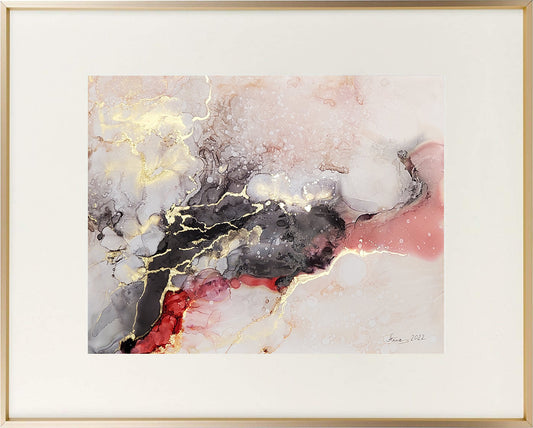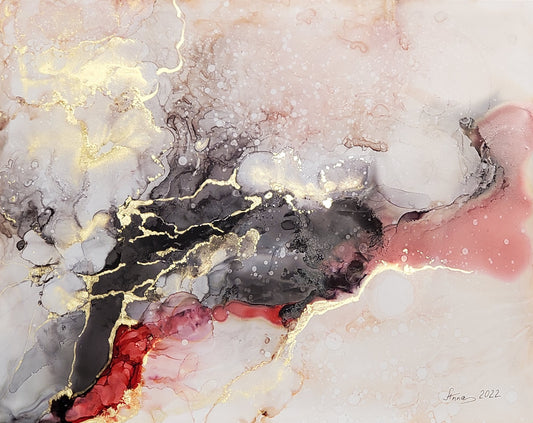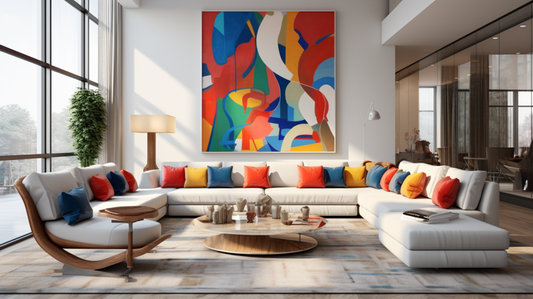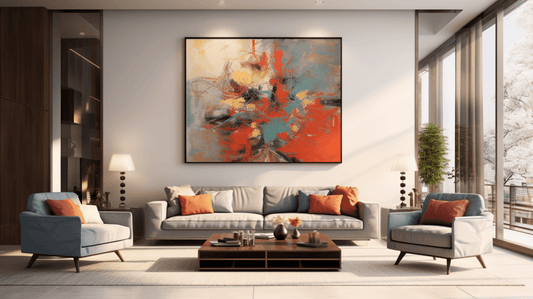
Minimalism, an art movement that emerged in the mid-20th century, stands as a testament to the power of simplicity and the pursuit of essential meaning in life. Rooted in a philosophy that advocates for stripping away excess, minimalistic art is a reflection of both artistic and existential inquiries. This article delves into the world of minimalism, discussing how it captures the core principles of simplicity, purity, and the quest for essential meaning in life through a range of art forms, including visual art, architecture, and music. By examining key works and the underlying philosophies, we'll uncover the profound impact minimalism has had on the art world and its unique ability to provoke contemplation on life's fundamental aspects.
The Birth of Minimalism
Minimalism emerged in the 1960s as a reaction against the opulence and complexity of abstract expressionism and other avant-garde art movements. Artists like Donald Judd, Dan Flavin, and Frank Stella, among others, were at the forefront of this artistic revolution. Minimalism rejected the notion that art needed to be complex, emotional, or narrative-driven. Instead, it sought to embrace simplicity, purity, and the essence of form.

One of the most iconic works that epitomizes the birth of minimalism is Donald Judd's "Untitled" (1969). This three-dimensional rectangular structure, made of stainless steel, possesses a stark geometric elegance. Judd's work is a testament to the purity and simplicity that minimalism aimed to achieve. By eliminating superfluous details and focusing solely on form and materials, Judd and other minimalists paved the way for a new aesthetic that explored the essential.
Simplicity as a Core Principle
At its core, minimalism is a celebration of simplicity. It asks the viewer to embrace the idea that less is more, to appreciate the beauty in the reduction of elements to their fundamental state. The works of minimalistic art often employ basic geometric shapes, such as squares, rectangles, and circles, in monochromatic or limited color palettes. This reductionist approach allows for a heightened focus on the elements that remain, fostering a deeper connection between the viewer and the artwork.
Consider the work of Kazimir Malevich, a pioneer of minimalism and abstract art. His iconic painting, "Black Square" (1915), is a prime example of minimalism's emphasis on simplicity. Malevich reduced the canvas to a single black square on a white background. By doing so, he challenges viewers to confront the essence of form and color, compelling them to contemplate the very building blocks of art itself.

In Malevich's "Black Square," we see the idea of simplicity not as an artistic shortcut but as a gateway to profound exploration. By removing all extraneous elements, the artist places a heavy emphasis on what remains, inviting viewers to contemplate the essence of the square and, by extension, the essence of life.
Purity of Form and Material
Minimalist art places a strong emphasis on the purity of form and material. By working with basic geometric shapes and unadorned surfaces, artists strip away all distractions, leaving only the fundamental elements of their art. This emphasis on purity can lead to a sense of meditation, where viewers are encouraged to engage in deep contemplation.
An exemplary work illustrating this concept is Agnes Martin's "Untitled #1" (2003). Martin, known for her subtle and minimalist abstract paintings, employs muted colors and grid-like patterns to convey a sense of calm and purity. Her work encourages viewers to experience a moment of serenity, as if the act of looking at the painting itself is a meditation on the simplicity and purity of form.

Martin's art resonates with the idea that simplicity and purity are not merely aesthetic choices but profound explorations of the human experience. In this artwork, the repetitive grid pattern and subtle variations in color mirror the human pursuit of clarity and understanding, transcending the superficial aspects of existence in search of something deeper.
Searching for Essential Meaning in Life
Minimalism's greatest strength lies in its ability to prompt viewers to search for essential meaning in life. By stripping away the inessential, minimalistic art encourages contemplation on what truly matters. It invites viewers to question their own existence, values, and the human condition itself.
For instance, in the realm of architecture, the work of Ludwig Mies van der Rohe, a proponent of the "less is more" ethos, embodies this search for essential meaning. His design for the Barcelona Pavilion (1929), with its sleek, minimalistic lines and open spaces, serves as a physical representation of the quest for meaning and purpose. By embracing simplicity in architectural form, Mies van der Rohe creates an environment that encourages introspection and contemplation.

The Barcelona Pavilion, with its use of glass and natural materials, allows an abundance of natural light to enter the space. This natural illumination symbolizes the illumination of the human soul and the search for meaning in one's life. The openness of the pavilion, with minimal structural supports, promotes a sense of freedom and exploration. It becomes a metaphor for the journey to discover essential truths and meaning in one's own existence.
In the realm of music, minimalism also plays a crucial role in evoking existential contemplation. Composers like Steve Reich and Philip Glass use repetitive, minimalist musical structures to lead listeners on an introspective journey. One notable composition is Philip Glass's "Metamorphosis" (1988), which consists of five piano pieces. The repetitive motifs and gradual changes in tempo and dynamics encourage the listener to delve into the subtleties of life and the transformative nature of existence. The music becomes a mirror through which one can explore the depth of their own consciousness and the ever-evolving nature of their experiences.
Minimalism as a Counterpoint to Consumerism
Minimalism also serves as a counterpoint to the consumerist culture that often surrounds us. In a world dominated by excess and materialism, minimalistic art challenges our values and priorities. It encourages us to reflect on our own consumption patterns and the pursuit of happiness through material possessions.
One of the most renowned artists who exemplify this aspect of minimalism is Dan Flavin. His work primarily consists of fluorescent light sculptures, such as "Untitled (for you, Leo, in long respect and affection)" (1978). These minimalist light installations not only reduce art to its most basic form but also challenge the traditional notion of art as something that must be tangible and valuable. Flavin's use of everyday materials like fluorescent tubes questions the role of consumerism in art and life.

Flavin's art suggests that true meaning and beauty can be found in simplicity, rather than the accumulation of material possessions. The fluorescent lights emit a calming and serene glow, inviting viewers to find contentment in the minimalistic and essential aspects of life.
The Role of Minimalism in Contemporary Society
Minimalism remains a relevant and influential movement in contemporary society. In an era characterized by information overload, consumerism, and rapid technological advancement, minimalism offers a refuge for those seeking to escape the chaos and discover meaning in simplicity.
In the realm of interior design, minimalism has become a popular trend. Minimalist interiors often feature clean lines, uncluttered spaces, and a focus on functionality. This design philosophy is not merely an aesthetic choice but a lifestyle that prioritizes what truly matters. Minimalist interiors reflect the desire to create spaces that promote tranquility and mindfulness, allowing individuals to connect with their surroundings on a deeper level.
The concept of minimalism has also found its way into the world of technology and user interface design. Companies like Apple have embraced minimalist design principles in their products, emphasizing simplicity, clean lines, and user-friendly interfaces. This approach not only enhances the user experience but also mirrors the idea that technology should serve as a tool to simplify and enhance our lives.
Minimalism in literature, as seen in the works of authors like Ernest Hemingway and Raymond Carver, follows the same principles. These writers use sparse prose and minimalistic descriptions to strip away the superfluous, allowing readers to focus on the essential aspects of the human experience. Their writing prompts introspection, challenging readers to explore the core of the human condition.
Minimalism's Influence on Self-Discovery and Mindfulness
Minimalism extends beyond the realm of art and design; it has a profound impact on self-discovery and mindfulness. The principles of simplicity, purity, and the search for essential meaning in life inherent in minimalism offer valuable insights into personal growth and the human journey.
The practice of minimalism, as applied to one's lifestyle, encourages individuals to declutter their physical and mental spaces. By letting go of unnecessary possessions and distractions, people can free themselves from the weight of consumerism and focus on what truly matters. Minimalism aligns with the ethos of mindfulness, urging individuals to be present in the moment and fully engage with their surroundings.
Minimalism's emphasis on simplicity is closely tied to the Japanese aesthetic philosophy of "wabi-sabi." Wabi-sabi celebrates imperfection, impermanence, and the acceptance of transience. This connection highlights that minimalism is not just an art movement but a way of approaching life. It teaches us to embrace the imperfections and impermanence of existence and find beauty in the simplicity of the present moment.
In the realm of self-help and personal development, minimalism has gained popularity as a tool for achieving greater clarity, purpose, and happiness. Books like "The Life-Changing Magic of Tidying Up" by Marie Kondo have become bestsellers, demonstrating the widespread desire for a more meaningful and minimalist approach to life.
Conclusion
Minimalism in art, design, and life is a powerful expression of the human quest for simplicity, purity, and essential meaning. By stripping away the superfluous, minimalist art challenges viewers to confront the essence of form, material, and existence. It encourages introspection, contemplation, and the search for a deeper understanding of life's fundamental aspects.
From the works of Malevich's "Black Square" to Agnes Martin's serene paintings, minimalism showcases the beauty of simplicity and purity. In architecture, the Barcelona Pavilion and in music, compositions like Philip Glass's "Metamorphosis," serve as windows into the search for essential meaning in life. Minimalism's influence extends beyond art, shaping contemporary society, design, technology, literature, and personal development.
In an increasingly complex and consumer-driven world, minimalism offers a path to clarity, mindfulness, and self-discovery. It encourages individuals to find beauty in simplicity, embrace imperfection, and seek meaning in the essentials of life. Minimalism, in all its forms, reminds us that by decluttering the external and internal aspects of our lives, we can uncover the profound truths that make our existence meaningful.
Intrigued by the fascinating world of abstract art? Your artistic journey doesn't have to end here. Explore a mesmerizing collection of captivating and modern abstract artworks by visiting our Abstract Art Collection and Shop. Our gallery is a treasure trove of creativity, where you can not only see but also acquire unique pieces that resonate with your aesthetic sensibilities. Dive into a realm of imagination, emotion, and innovation as you discover the transformative power of abstract art. Don't miss the opportunity to enrich your surroundings with these thought-provoking creations. Start your exploration now and let the art on this page inspire your soul.

